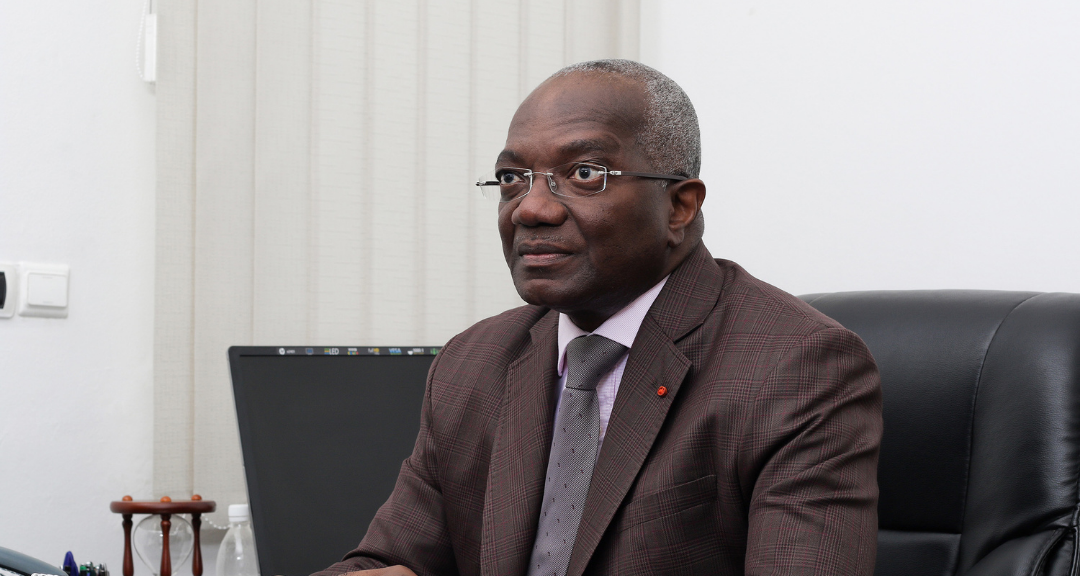(Front page photo: Mr Hilaire Lamizana, Director General of the San Pedro Port Authority © PASP)
Port Autonome de San Pedro (PASP) is one of the most important economic infrastructures built in the wake of Côte d’Ivoire’s independence. Construction of the port of San Pedro was part of the integrated development programme launched in the 1960s by the Ivorian Government, to reduce regional disparities by creating a growth hub in the south-west of the country and to serve as a transit port for neighbouring States and regions with no direct access to the sea (Mali, Guinée forestière, eastern Liberia). Today, it exports more cocoa than any other port in the world (over a million tonnes), and is Côte d’Ivoire’s second largest port in terms of goods traffic. PASP works closely with the municipality on all development and spatial planning issues, and is faced with governance challenges owing to the fact that the city is relatively new. A number of inspiring local initiatives are being considered, in line with the “Renewed Governance” goal that forms part of the AIVP 2030 Agenda. So we were keen to talk to the company’s Director General, Hilaire LAMIZANA.
Port Autonome de San Pedro has been a member of AIVP since 2002.
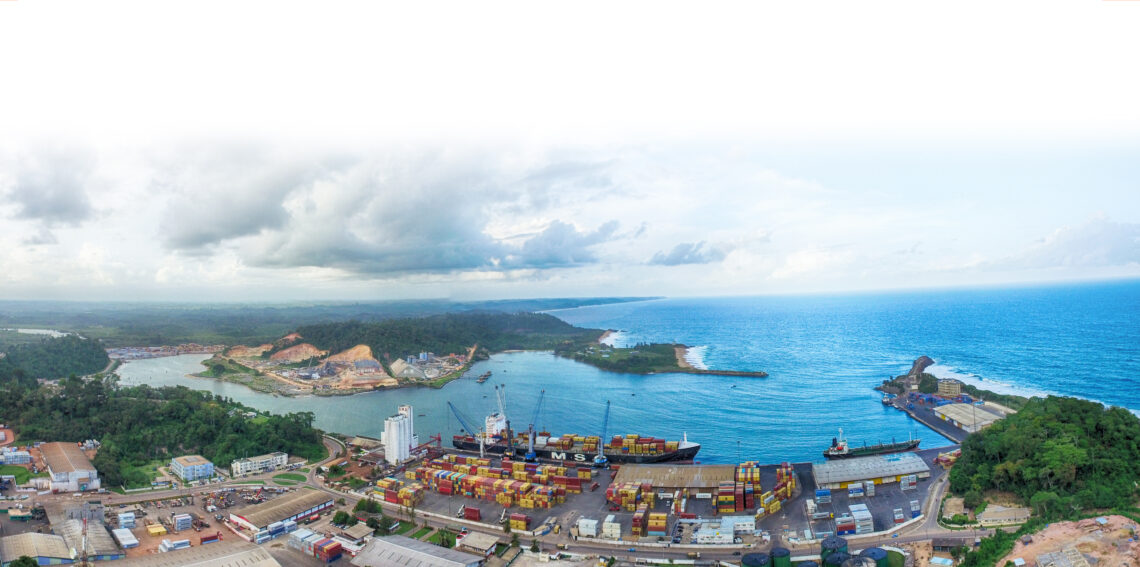
Participation in the “Ateliers de Cergy”
AIVP – The PASP was an active participant in the debate dubbed “From port city to coastal metropolis” during the course of 2020. The debate was organised by the NGO “Ateliers de Cergy”, in conjunction with the municipality of San Pedro and local stakeholders. The idea was to adopt a collective approach to envisioning future urban development, consulting each local stakeholder, from fishing communities to port services.
What conclusions did you draw from the “city-port” debate organised with Ateliers de Cergy?
Hilaire LAMIZANA, Director General – First of all, I want to thank you for giving PASP, which has been a member of AIVP since 2002, the opportunity to talk about city-port relations. I should point out that the port of San Pedro is a vital infrastructure for growth and development in the south-west of Côte d’Ivoire. Our activities, based on periodic business plans putting into action our master plan for infrastructure development, are consistent with the Ivorian Government’s strategy in the maritime and port sector.
However, decades after the port began operating, work often throws up tensions or discord between PASP’s right to develop its activities, and the city’s needs in terms of its own development and improving quality of life for residents. The port of San Pedro is outward-looking and has to contend with increasingly fierce international competition. As such, its development is based around private profitability. The city of San Pedro is growing fast (its current population is estimated at over 300,000, compared with just 40 when it was founded) and urgently needs new housing, infrastructures, and public services, but as part of a different approach, focused on internal requirements.
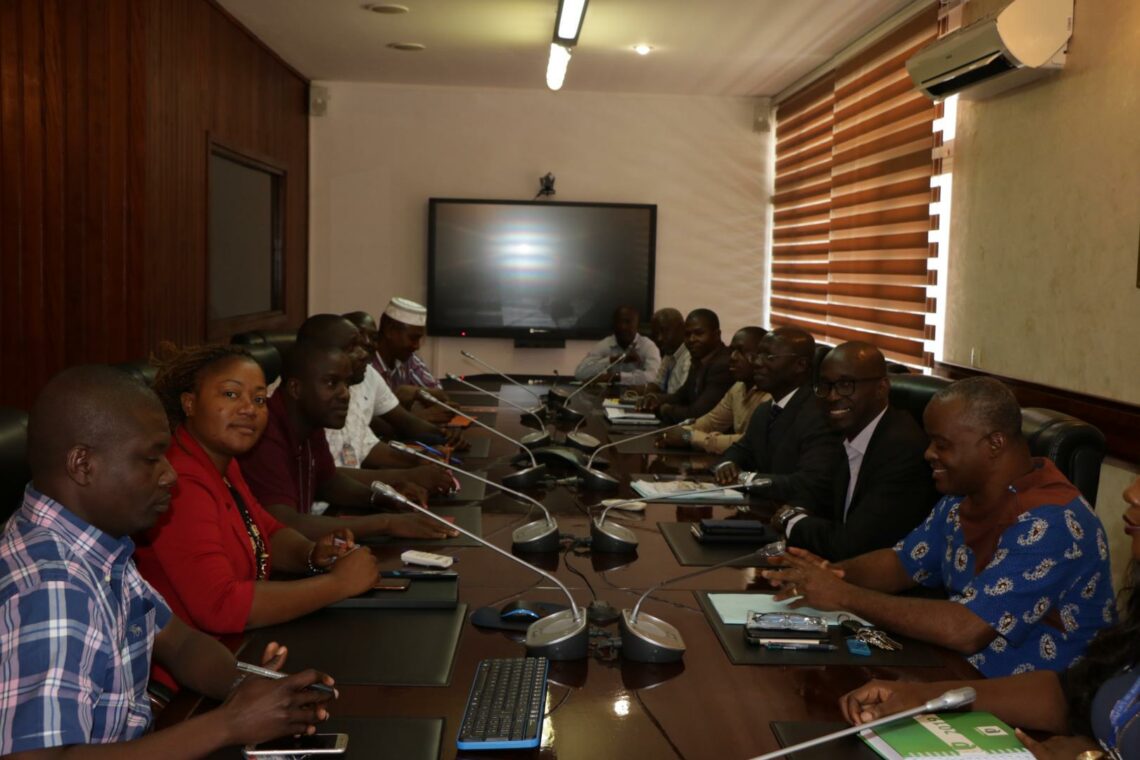
Having noted these potential divergences on the one hand, and taking into account the port of San Pedro’s defined role on the other, the Port Authorities have in recent years committed to bringing the two approaches together, to forge a symbiotic relationship between the city and the port. This is judged essential to encouraging businesses to take root locally and promoting a sustainable development process. These commitments are visibly reflected in the ambitions, strategic priorities, general and specific targets, as well as the actions identified under the periodic business plans for 2003-2005, 2007-2009, 2013-2015, and 2017-2022.
So well before the Ateliers Cergy in 2020, Port Autonome de San Pedro was already committed to tackling all of the issues raised by the development of the city and port of San Pedro, two entities that represent two sides of the same coin. The Ateliers Cergy were a chance to consolidate and revitalise our excellent relations with the municipality of San Pedro.
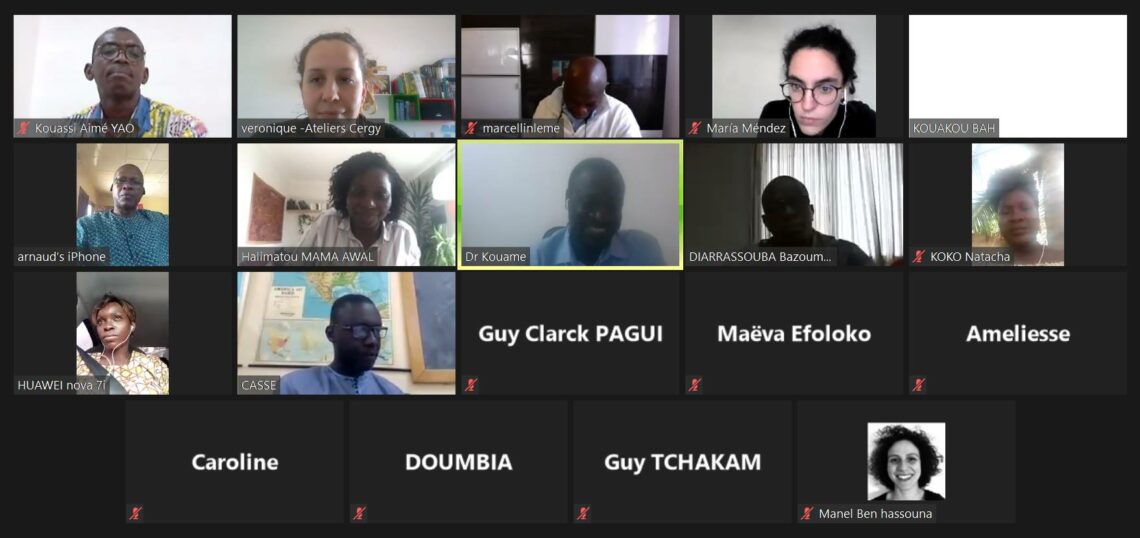
Consultation on spatial planning
AIVP – The municipality of San Pedro has put forward a number of major development projects, including plans for an industrial zone in the east in connection with the port, and the regeneration of the Seweke district historically linked to port workers. In 2019, the CEO expressed a desire to harmonise the port’s development master plan with that of the city. AIVP is a strong supporter of the idea, which is line with Goal 4.2 of our Agenda: continuous, long-term consultation!
How do you liaise with the municipality of San Pedro on development projects?
Hilaire LAMIZANA, Director General – Firstly, it is worth keeping in mind that the port of San Pedro cannot develop outside the city of San Pedro’s Development Master Plan (known as the “PDU”). That paves the way for an excellent quality relationship between Port Autonome de San Pedro and the Municipality of San Pedro for harmonious development.
And to that end, taking into account the fact that both entities have a healthy portfolio of port and city projects in all sectors, we have created a collaborative city/port platform vital to socio-economic development, based on the following assumptions:
- the port of San Pedro and the city of San Pedro are two historically inseparable entities;
- the growth of the port of San Pedro has often generated conflicts around the use of space and facilities, interfering with both the port’s activity and the city’s legitimate demands;
- confrontation between the port of San Pedro and San Pedro City Hall, which operate in different – even diametrically opposed – ways, means we need to reconfigure proximities when it comes to creating a sustainable development process;
- there is a need to move from static geographic proximity to a more dynamic organisational and institutional proximity, with unifying projects in which each entity is freer to express its own identity;
- it is essential for the port and city of San Pedro to combine their strengths via a collaborative platform, which will spearhead a city-port relationship that is more dynamic and profitable for all.
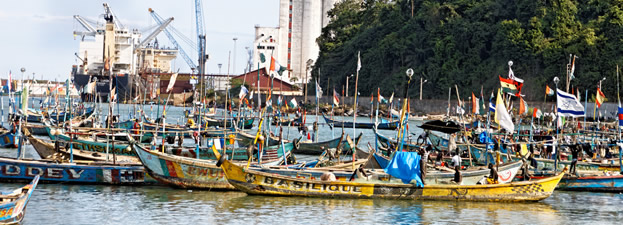
The focus of this collaborative platform will be to ensure that the port’s activities consolidate those of the city, and that the city’s status serves the port’s interests. So through this concerted approach, all of the issues raised by the development of the city and port of San Pedro are addressed at institutional and technical meetings between both sides.
Joint management of forests, rivers and the waterfront
AIVP – In a city like San Pedro, originally founded around a port, it is all the more crucial for port and urban land use to be coordinated. An expanded “City-Port” governance approach is needed to tackle challenges such as water management in lagoon or riparian zones, or the management of the forests that are still partially present within PASP’s perimeter. Goal 4.5 of the AIVP 2030 Agenda is focused on “a land management policy that strikes a balance between urban uses and the active port.”
How can land be managed most effectively, especially when it comes to forests or waterfront areas?
Hilaire LAMIZANA, Director General – In port cities, conflicts over the occupation of land can result in many port projects being located further away from urban areas.
Experience shows that the management of urban and port spaces requires us to take into consideration different visions or development approaches that are not necessarily compatible. Developing a port, city, or region requires investments to be rooted on land that is scarce, expensive, and often fragile. In addition to this economic issue, there are also environmental considerations that make it even more challenging for development stakeholders to deploy their policies in the same space. It is not unusual for port projects to be held up owing to the potential negative impacts on the local population and environment.
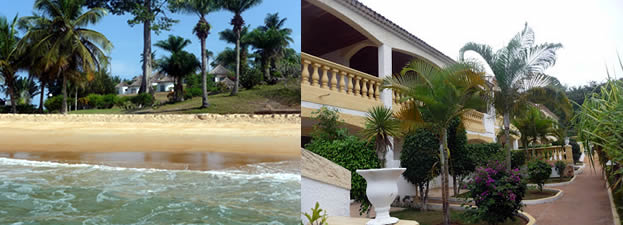
Yet for the port of San Pedro to expand its activities, it has no choice but to occupy more land. The interdependence between the port of San Pedro and the spaces it occupies means that its development must address the needs of society, in addition to the purely economic goals. In fact, the human impact of PASP’s decisions is absolutely key to its future. So it’s vital for PASP to put in place precise measures that limit the negative impacts on the population of its work to ensure the long-term viability and operation of the port community.
In line with Decree no. 2013-41 of 30 January 2013 on the Strategic Environmental Assessment of Policies, Plans and Programmes for Côte d’Ivoire, a Strategic Environmental Assessment (EES) is currently under way to examine the port of San Pedro’s spatial planning and development. The study’s findings and recommendations will enable us to organise the development and location of industrial and commercial units, based on the risks identified, while integrating all of the ecosystems present within the port.
Pockets of forest land and wetland areas will be demarcated, helping to maintain biodiversity and allow biopurification. Trees will be planted to offset areas destroyed, the types of developments created in waterfront areas will be analysed and realised, based on the EES’ findings, in a way that protects neighbouring communities.
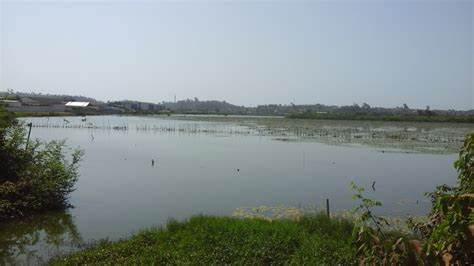
In addition to just limiting the damaging impacts caused by the port’s increased activity on the local area and its residents, it is important for PASP to establish programmes and projects that involve local communities and generate a positive knock-on effect on their living conditions.
It is also important to note that the Port Authority’s aim can only be achieved through healthy, mutually beneficial relations between the port of San Pedro, its customers, and the residents of the city. There needs to be broad agreement about the way land is used, in order to ensure that both entities are able to develop sustainably. To promote that agreement, the two entities must work together in practice. This is already being done through the consultation process set up, which is allowing for proper consideration about what a rejuvenated city-port partnership should look like.
A societal role for the port
AIVP – PASP has earned a number of awards for its work as a responsible port authority committed to standing alongside civil society. In 2020, these included the SAWA award and the West Africa maritime shippers award. In addition, the port is one of the partners of the annual Sewe festival and the local programme to promote women’s independence.
How would you describe what you do for civil society?
Hilaire LAMIZANA, Director General – In line with the Port Authority’s new aim of making the port of San Pedro “the West African hub for industrial and logistics development, with high added value”, PASP is reasserting its commitment to “play the port’s societal role in its region to the full”. We will do this through sustainable social and environmental development policies, in collaboration with the other municipal, regional, and national organisations.
A key plank of this strategic priority is promoting Corporate Social Responsibility. The Port Authority is committed to strengthening PASP’s actions for the benefit of wider society in its zone of influence, through synergies in the construction and regeneration of social infrastructures, the deployment of programmes and projects to fight poverty, promote peace and social cohesion across the San Pedro region.
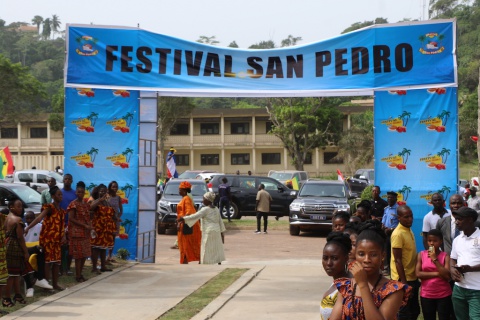
To put that into practice, significant contributions are regularly made to decentralised and dispersed structures, socio-professional and religious groups and non-profit organisations, to the joint poverty reduction programme in the San Pedro region, NGOs, and civil society through major actions with direct impacts. These have mainly consisted of: building social infrastructures; aid and donations of equipment and materials to health, educational, and sporting organisations; sponsorships and patronage.
Specifically, the port of San Pedro has made a significant contribution to the management of health crises, including the Ebola virus and Covid-19. In the case of Covid-19, which very quickly turned into a social and economic crisis, PASP’s efficient efforts allowed the negative impacts of the pandemic on the port’s activity to be contained. Actions taken included strict compliance with the measures introduced by the authorities, decisions to ensure the continuity of port business during the critical period, and a donation of FCFA 50 million worth of equipment to combat the disease.

It is important to remember that the steps taken by PASP to intensify its social action have had a broad and rapid impact, having addressed the needs expressed by those living in the area, and notably the city. As such, they have strengthened the role played by the port of San Pedro in its capacity as development hub for western Côte d’Ivoire. The crowning achievement came in the form of the BICOM award for best social development actor in 2020.

